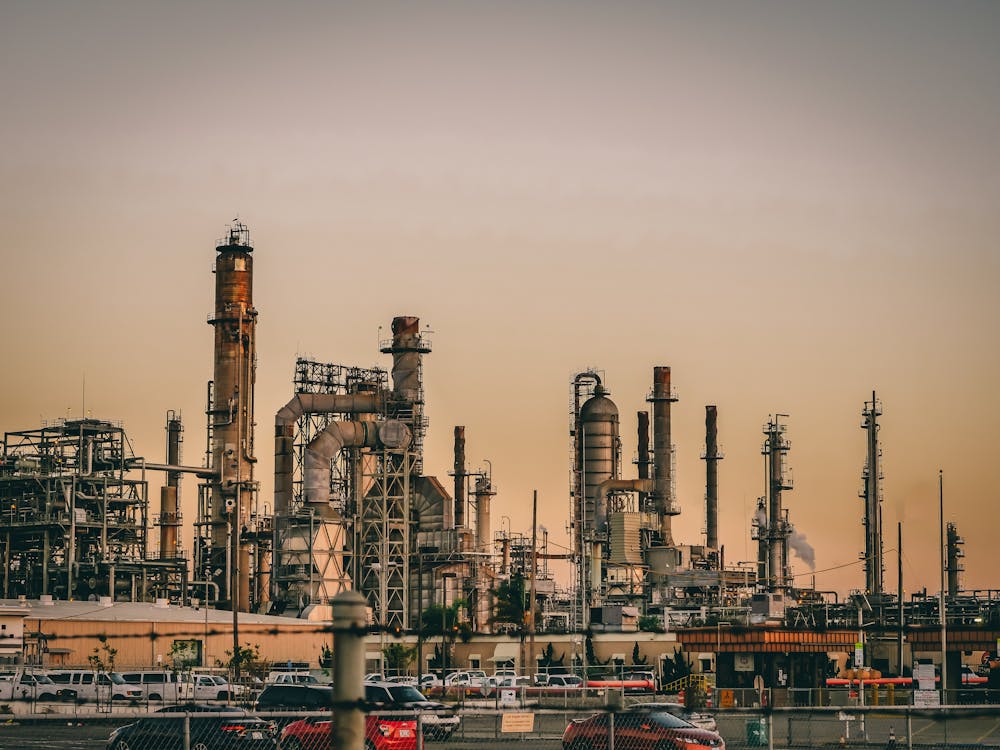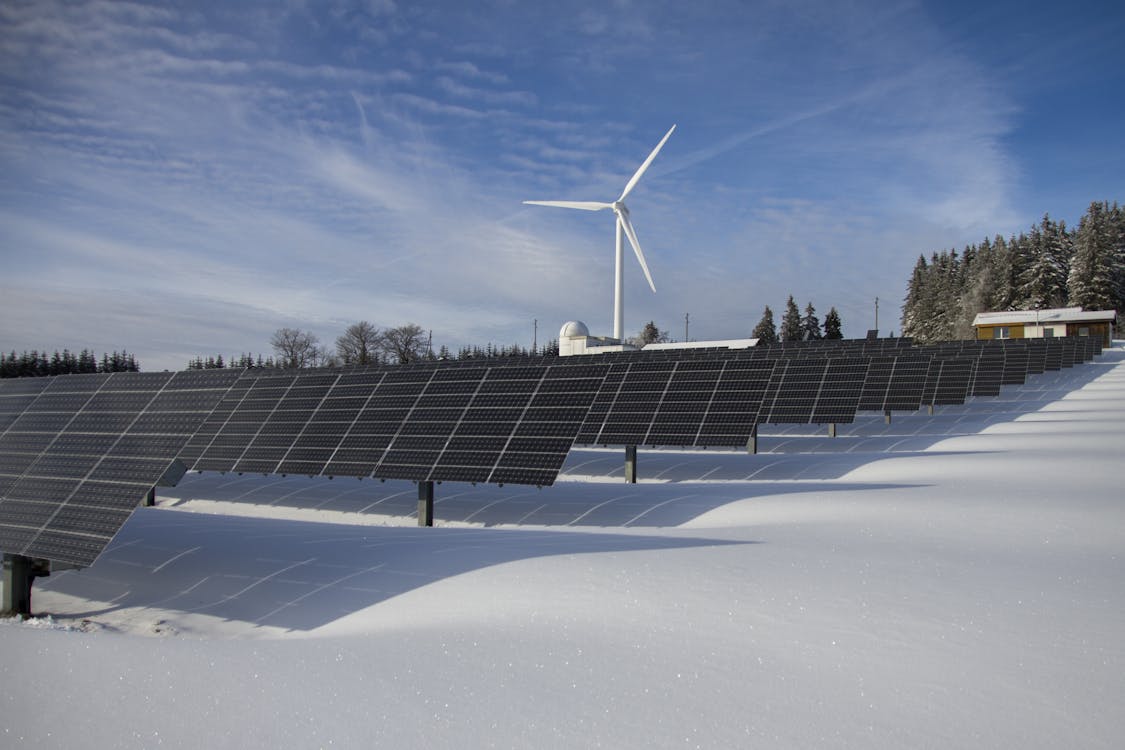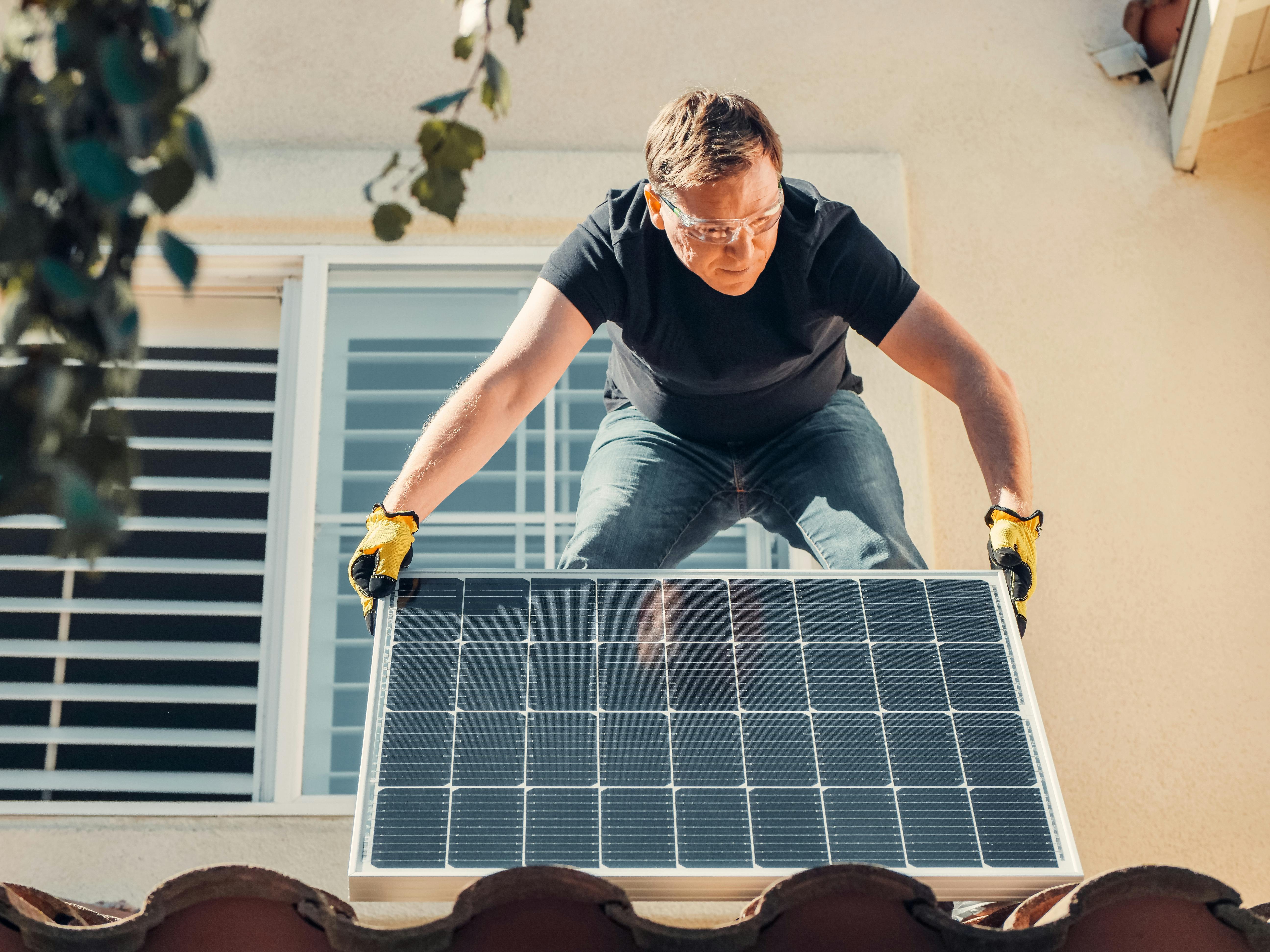The energy sector is, by nature, cyclical. As the market expands, it is typically outperformed by the energy sector, followed by sudden, painful contractions. While we have seen energy crises before in European history, the current crisis differs through a combination of unfavourable global conditions which, from a European perspective, risks undermining its position as a global climate leader.
As European countries now face the highest prices for gas and electricity in history, at Away With The Wind, we will analyse what went wrong and how high fossil fuel prices will not hinder the transition to renewables but usher in a new era of energy independence.
A perfect storm
What began as a European energy crisis has impacted the rest of the gas-dependent world. With liquefied natural gas (LNG) accounting for 22% of European electricity generation, the continent bet heavily on consistent low gas prices to wean themselves off polluting coal power and aide the transition to renewables.
In the wake of Covid-19, the global economy bounced back faster than expected, resulting in an increased demand for electricity and, concurrently, natural gas. An unseasonably cold winter in 2020/21, followed by record summer heatwaves across Europe and Asia – two of the main markets for LNG – saw demand soar as supply diminished from key markets in Norway, the U.S. and Russia.
Europe’s heavy reliance on Russian fuel has resulted in an unsteady market through capricious increases and decreases in supply. Coupled with the energy uncertainty owing to the recent invasion of Ukraine, Iranian sanctions by former U.S. President Donald Trump, the closure of the Maghreb-Europe gas pipeline from Algeria and China’s willingness to pay more for LNG, a perfect political storm has resulted in a throttling of European gas supplies sending prices skyrocketing.

Threat to net-zero targets
Not only are political and economic actions to blame for the energy crisis, but weather has also played a significant role. With European energy reserves significantly depleted following the 2020/21 winter, the ‘Texas Freeze’ of February 2021 saw a ban on natural gas exports. As the energy crisis began to unfold in Europe, the ongoing drought in Latin America saw the drying of reservoirs vital to the production of zero-emissions hydropower. Subsequently, much needed LNG supplies were diverted from Asia and Europe, with the issue further exacerbated by transit problems in the Panama Canal.
While the continent rapidly shifts from its energy policy of relying on friendly relations with Russia to ensure a steady LNG flow while they transition to renewables, European reliance on wind generation has undoubtedly contributed to the biggest energy shock in a generation. With the third largest wind power capacity globally, Europe and the UK saw power generation severely constrained due to 2021 wind speeds reaching their lowest levels in 60 years. Reduced wind power shares, coupled with high LNG prices have unnerved Europe and seen renewables lose ground in public acceptance as countries look once more to fossil fuels. Increasingly, a nuclear agenda is being considered by UK and France while demand for coal has soared, compromising the pursuit of overarching net-zero emissions targets.
Promising signs for a green transition
Considering the alarming situation unfolding in Ukraine, it is vital that government and private organisations within the EU work together to accelerate renewable energy deployment across the bloc and wean themselves off Russia as a key supplier of coal and gas.
With the European Commission recently announcing their plan to end European use of Russian fossil fuels by 2027, if managed correctly, instead of impacting Europe’s green transition, the recent energy crisis coupled with the Russian invasion of Ukraine could prompt the swiftest energy transition in history in favour of renewables – offering enormous opportunities for actors in this field.

A green future
With the invasion of Ukraine came a stark reminder that renewable energy isn’t just good for the climate, but also national security. Our renewable energy experts at Away With The Wind believe that the EU will take decisive action to usher in a rapid transition to renewables, assuaging current and future economic woes afflicting Europeans and their relationship with fossil fuels.
Despite schemes such as the EU Emissions Trading System (ETS) to encourage the renewable energy transition, extremely complex administrative processes for project licencing still hold back a swift energy transition. If anything, this crisis should prompt a streamlining of processes for the renewable energy sector with a focus on diversifying energy sources, integrating hydrogen and energy storage.
An electrified Europe
As mentioned, we’ve been turning a blind eye to our dependence on global energy commodity markets and the systemic risks they entail despite previous crises. As a result, we are now paying a price for this. In the wake of the energy crisis, we expect the EU to increase government schemes promoting power purchase agreements – long term contractual agreements between energy buyers and sellers – in favour of zero emission electricity which currently stands at a fraction of wholesale power prices.
The high energy prices we are seeing are resulting in an acceleration of energy saving measures, with government stimulus packages focussing on enabling a circular economy in the wake of Covid-19 and the climate crisis. Governments must boost policy efforts to remove barriers to energy transition including infamously complex permitting process in countries such as Italy.
Offering consumers wider access to affordable, green energy will require further government support for the electrification of heating and transport, coupled with the decarbonisation of industry. As consumers respond to higher energy prices, those who can afford to are looking to insulate their homes, installing heat pumps or solar panels. For the sake of climate goals and to abate social problems linked to rising costs of living, governments across Europe must support this wider electrification to avoid future crises.
Expeditious solutions to increase clean energy’s share of the European market include renewable energy hybridisation and overpowering – adding more turbines or more solar modules in the same installation. These options will, theoretically, be relatively painless as existing renewable energy plants have already been through series of strict environmental and administrative assessments.

The fuel of the future and the storage solution
As we continue to transition from fossil fuels to a diverse array of renewable alternatives, green hydrogen will become highly strategic. As CO2 costs begin to rise as a result of emission schemes, cheap and plentiful renewable energy will enable hydrogen to supplant fossil fuels. Highly versatile, hydrogen can be blended with natural gas, converted into methane or burned as an aviation fuel amongst other things. Coupled with its direct uses as a greener fuel source with water vapour as a by-product, it has the potential to heat homes and decarbonise sectors that struggle to meaningfully reduce emissions including heavy industry, chemicals and agriculture.
Despite renewable energy being more readily available, there is the downside of its intermittency – with solar and wind required to be used whenever generated. The energy that cannot be used will go to waste if it cannot be stored.
With current ‘blue’ hydrogen produced from LNG emitting ~10kg of CO2 per kg, instead of wasting excess power from renewables, there is the possibility to use it to convert conventional water into ‘green’ hydrogen without any carbon emissions. Not only does this reduce wastage, facilitating a circular economy, but it helps reduce reliance on limited supplies of fossil fuels while maximising the efficiency of European renewables. As countries such as Spain lead the way in incorporating hybrid power stations, hydrogen will enable sectors to decarbonise that may struggle to electrify.
Despite the fact green hydrogen has been able to provide a cheaper alternative to fossil fuels since October 2021, its long-term price is uncertain. Governments need to speed up the implementation of price de-risking mechanisms to ensure a suitable business plan is in place, allowing this fuel of the future to usher in a new era of energy independence for Europe.
Leading the fight against climate change
As a renewable energy blog dedicated to analysing marketplace trends, we are certain that the deployment of new installed renewable energy capacity will considerably accelerate in the coming year. The high prices we are currently observing in the traditional energy sector have prompted many governments to take unprecedented moves to champion clean energy, streamlining policies that will allow such technology to become economically viable. In our opinion, local production, off-grid solutions and energy storage present enormous potential. These offer sustainable, independent, and secure supplies of energy which would help scale up renewables in a timeframe previously thought impossible.
Ultimately, hydrogen and batteries are game changers: they enable renewable electricity to be stored for a few hours or seasonally. This solves intermittency issues, while allowing Europe to electrify carbon free and decarbonise key economic sectors.
Urgent measures to streamline permitting must be taken to boost renewables and European energy independence. In order to do so, renewable projects must be seen by both politicians and the public as strategic assets to reduce our dependence on global commodities while allowing Europe to continue as a leader in the fight against climate change.